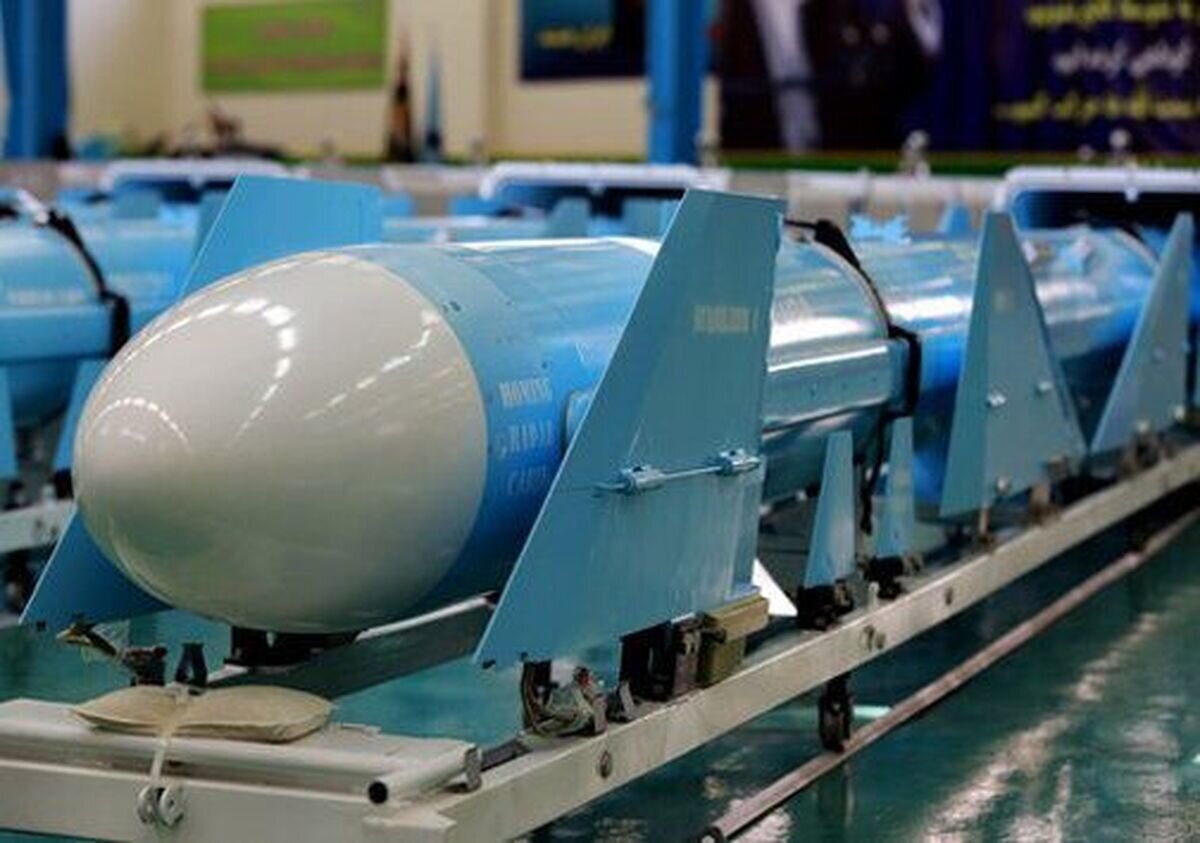IRGC unveils new weapons

TEHRAN- The Islamic Revolution Guard Corps (IRGC) Navy has unveiled new weaponry aimed at bolstering defense capabilities on three islands in the Persian Gulf.
Previously, IRGC Navy vessels were outfitted solely with guns. However, in a significant development, cruise missile systems with a range of 300 to 700 km have been introduced, capable of being fired while in motion rather than being launched from stationary positions on the shore.
This advancement allows for momentary displacement of the missile systems, reducing the likelihood of detection and enemy targeting.
Cruise missiles typically traverse their entire trajectory at very low altitudes to evade detection by enemy radar, maintaining a near-constant speed, either supersonic or near-sonic. Unlike drones, cruise missiles are exclusively utilized as weapons, with the warhead integrated into their structure.
The history of cruise missiles dates back to 1944 during World War II when Germany deployed the first operational cruise missiles. Known as the V-1, or "flying bomb," it featured a gyroscope guidance system and was powered by a simple pulsejet engine, earning it the monikers of "buzz bomb" or "doodlebug."
While its accuracy was suitable only for targeting large areas such as cities, its range of 250 km fell short compared to bombers carrying similar payloads.
However, its advantages included speed, albeit insufficient to outpace contemporary interceptors, and cost-effectiveness, with production costs significantly lower than supersonic ballistic missiles like the V-2.
Leave a Comment